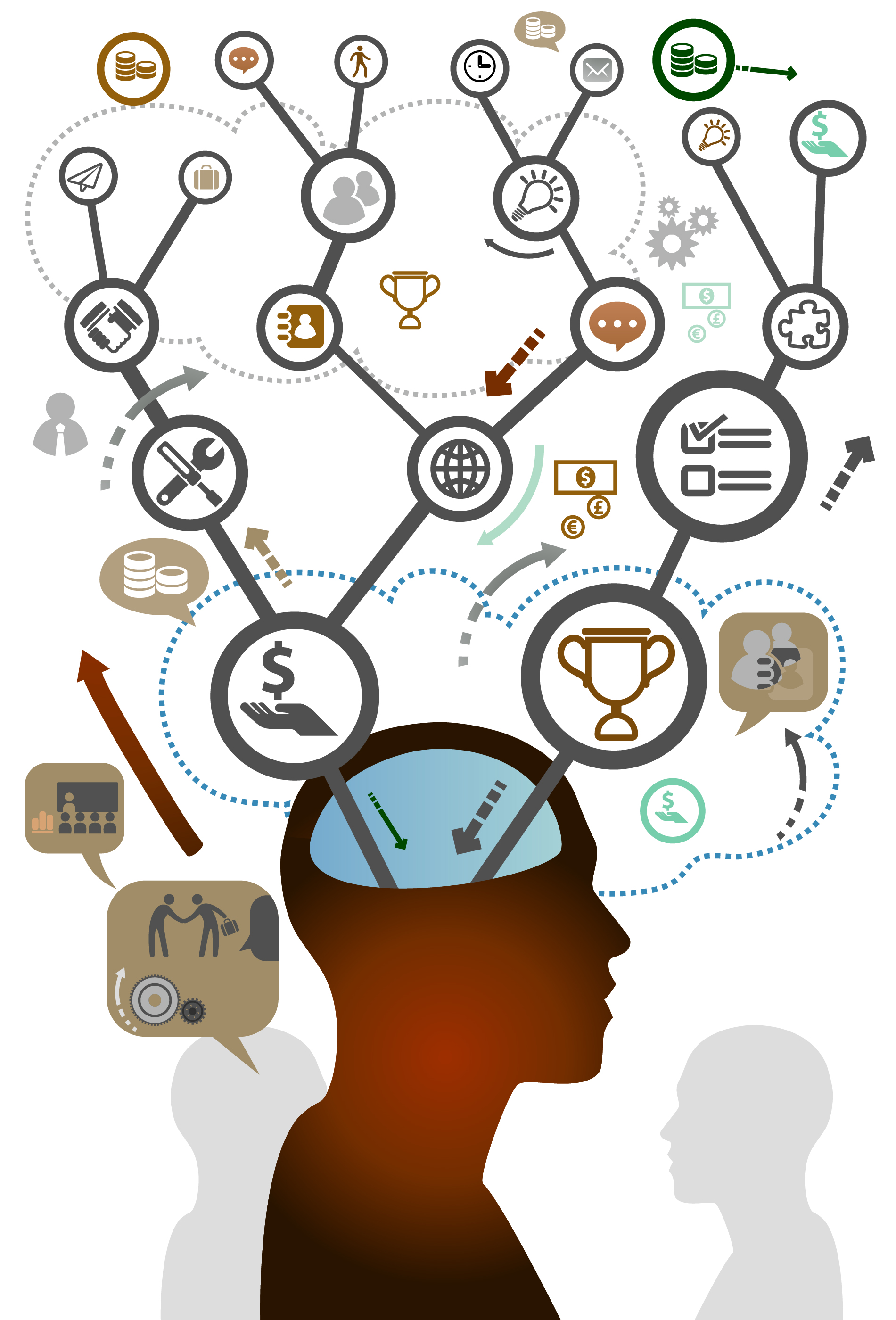One of the most important things I have done in teaching was to give tips to the students that would help them learn better. These tips are called cognitive strategies.
Now, in this post, I will discuss a wide range of “rehearsal” cognitive strategies that you can use in the classroom to help your students learn better.
Rehearsal Strategies
Rehearsal is the literal repetition of the exact words you want students to remember. It can be oral, visual, or written. Rehearsal influences the attention and storing of information in memory, but one caution — it does not help construct meaning or relate the information to what you already know. Thus, rote repetition is most useful for exact information, such as the alphabet, spelling, sight words, times tables, etc.
Another key point about repetition is that it takes about 16-24 repetitions to make changes in the long-term memory in the brain. Bestselling author Daniel Coyle in his book The Talent Code describes the process of learning a skill as a process of neural pathways being insulated more and more with myelin, thus improving the conductivity of these brain circuits. The result is an “unconscious competence.” He says the effect is like increasing the bandwidth of the brain.
DataWORKS co-founder John Hollingsworth describes this process as building automaticity. It’s like learning to ride a bike or drive a car. At first, you have to focus on every detail, but with practice, you can perform the action without even thinking about it. It has become automatic.
There are four main rehearsal strategies – simple repetition, cumulative repetition, copying/note-taking, and text markup.
Simple repetition
This is the traditional way to learn the basics of most subjects. This is how we learn the times tables, the alphabet, handwriting, or even playing baseball. We practice until the skill is permanent (not perfect). We take advantage of this type of rehearsal in an EDI lesson when we involve students in choral responses, pair-shares, read aloud with me, partner A tell partner B, and so on. Teachers can model the practice, such as sight words, and then students can repeat.
Cumulative repetition
 Cumulative repetition is a type of chunking. It is used for longer sets of items to remember, such as poems, list of battles, speeches, actor’s lines, football plays, songs, etc. The idea is that you ask students to rehearse the first few items (say the first stanza) and then add the next set of items to the first set, and so on. Each additional verse or item builds on the previous one.
Cumulative repetition is a type of chunking. It is used for longer sets of items to remember, such as poems, list of battles, speeches, actor’s lines, football plays, songs, etc. The idea is that you ask students to rehearse the first few items (say the first stanza) and then add the next set of items to the first set, and so on. Each additional verse or item builds on the previous one.
Copying/Note-taking
This is verbatim note-taking, usually from a visual presentation. Students are directed to copy only important and pertinent information they need to remember. They look at the information and physically write it and see it on the page. For example, they could copy the learning objective, a definition, or a very important rule.
A big caution here is that students should not be copy machines. They should only copy specific information they need to remember. For example, they should not copy incorrect sentences and correct them, as there is no need to remember incorrect sentences. They also don’t need to copy information that should be in a handout.
Text markup
The fourth type of rehearsal strategy is text markup. Directing students to underline, circle, or highlight important information in a text not only brings their attention to it but it also involves the kinesthetic action of using a pen. More senses means more ways to remember as well. For example, students could be directed to circle all the synonyms in a passage, or bracket key ideas in a history passage, or numbering a sequence of ideas.
Marking text is important because it forces you: 1) to decide what is important in the text; 2) to determine how ideas are related; and 3) to concentrate better by reading actively rather than passively.
Rehearsal is necessary for any speech or performance. It is also an essential cognitive strategy for students to advance their learning. They need to learn some things to automaticity, and rehearsing in any of these four ways is the pathway to achieve that most useful goal.
Next post will look at cognitive strategies that involve elaboration.




